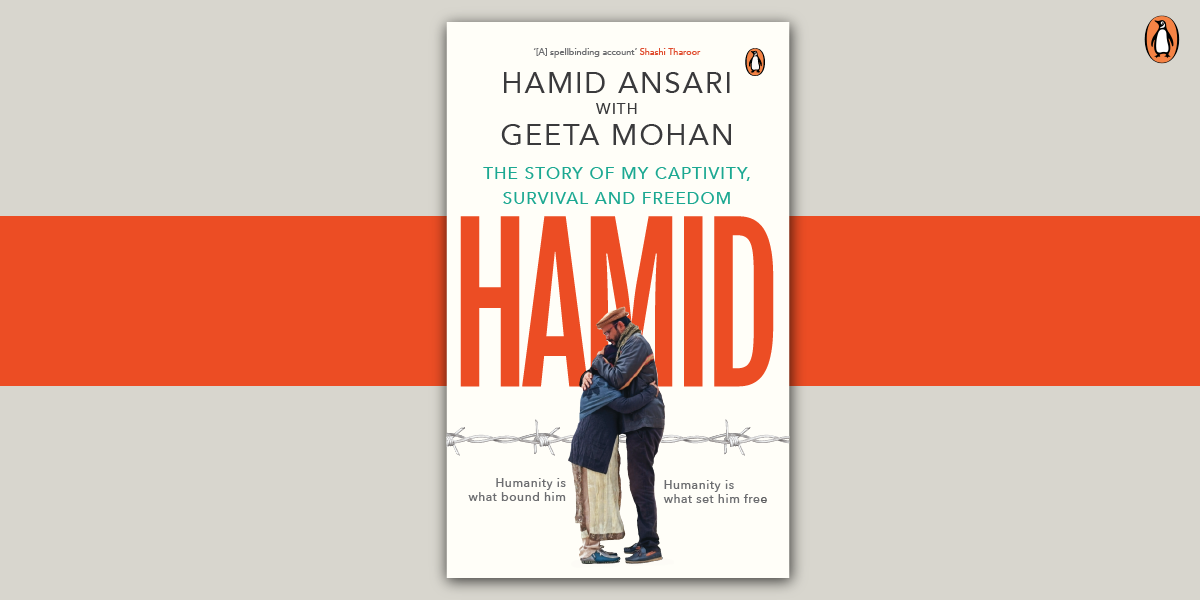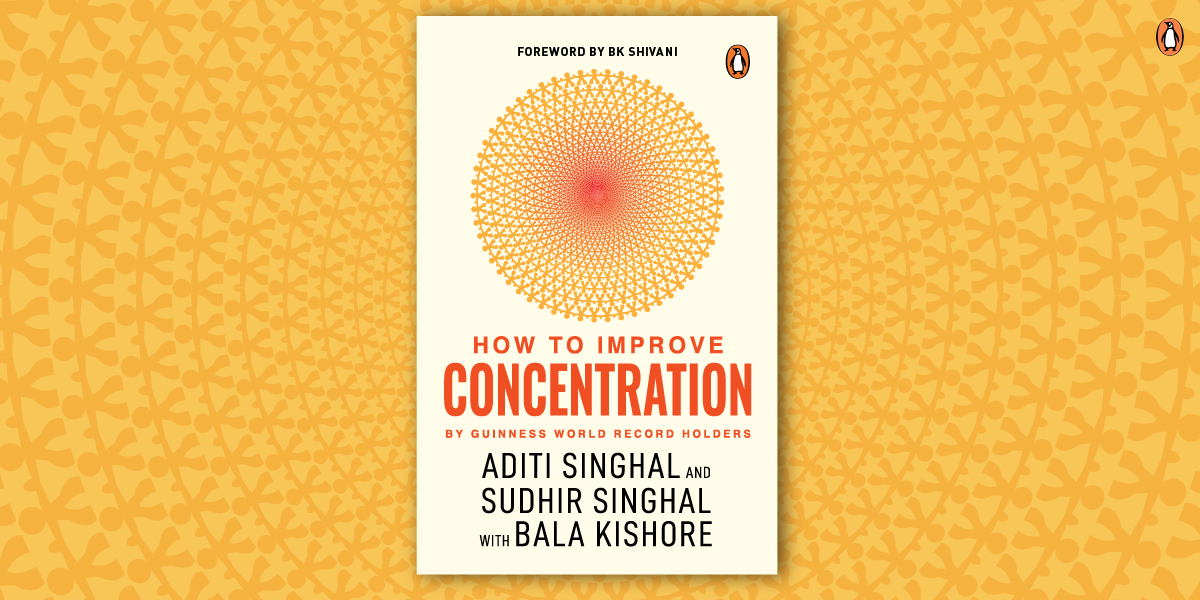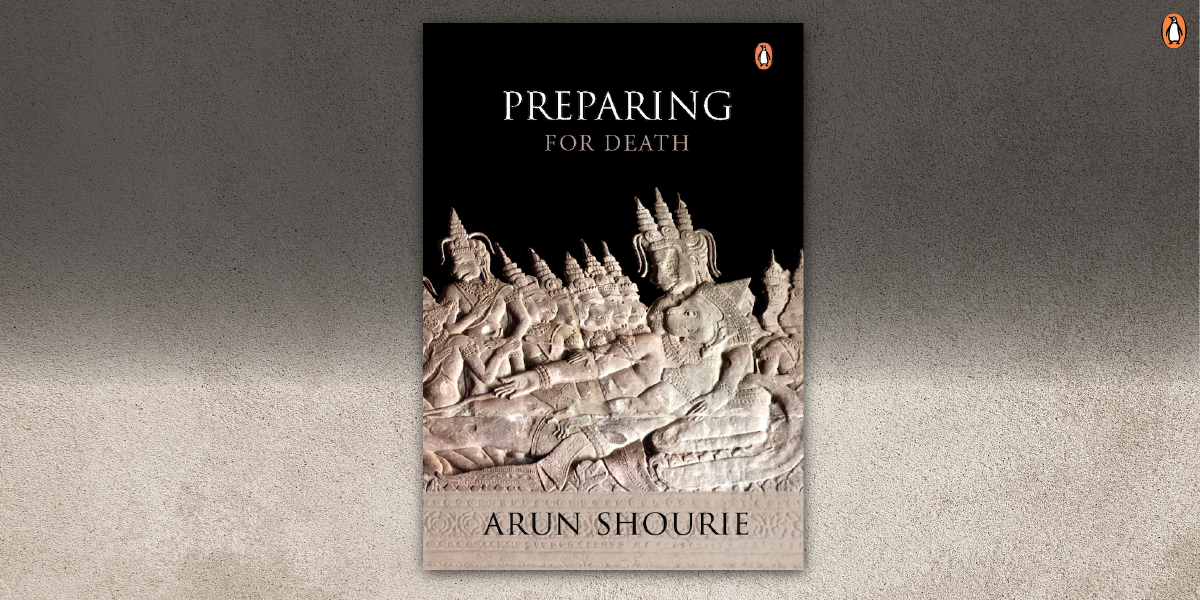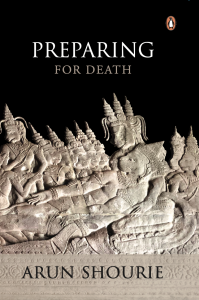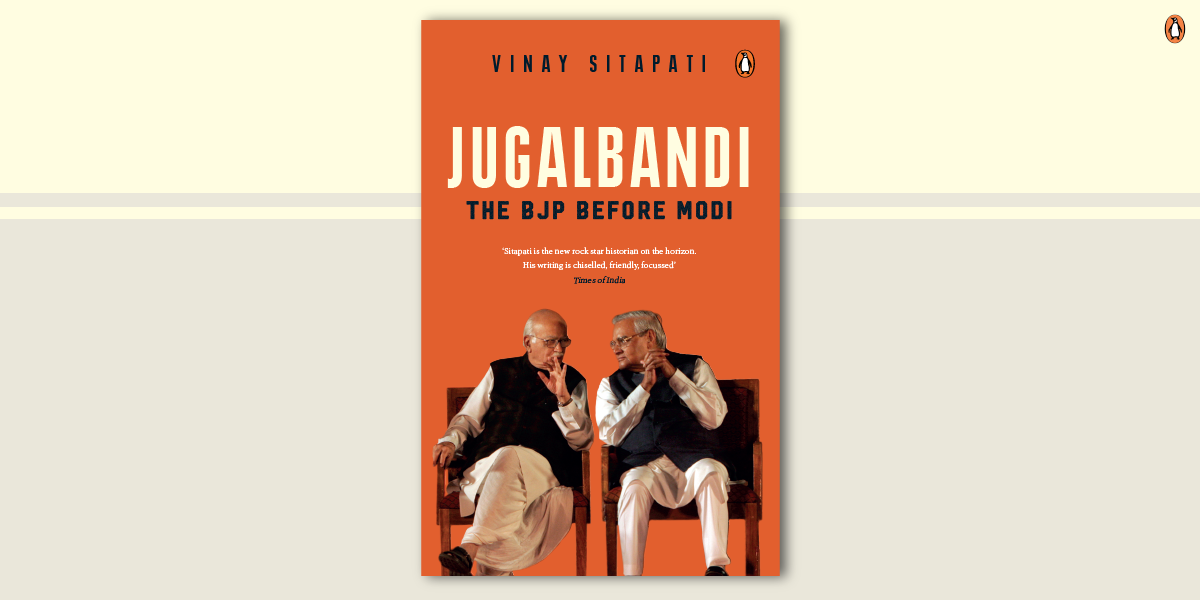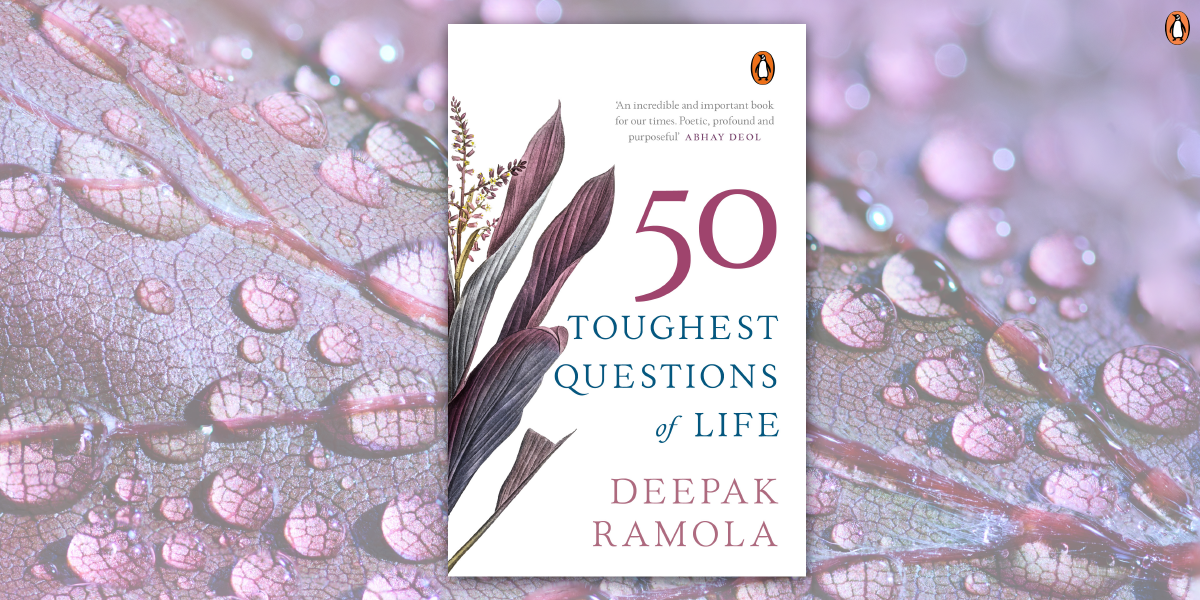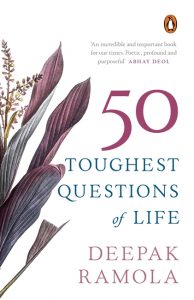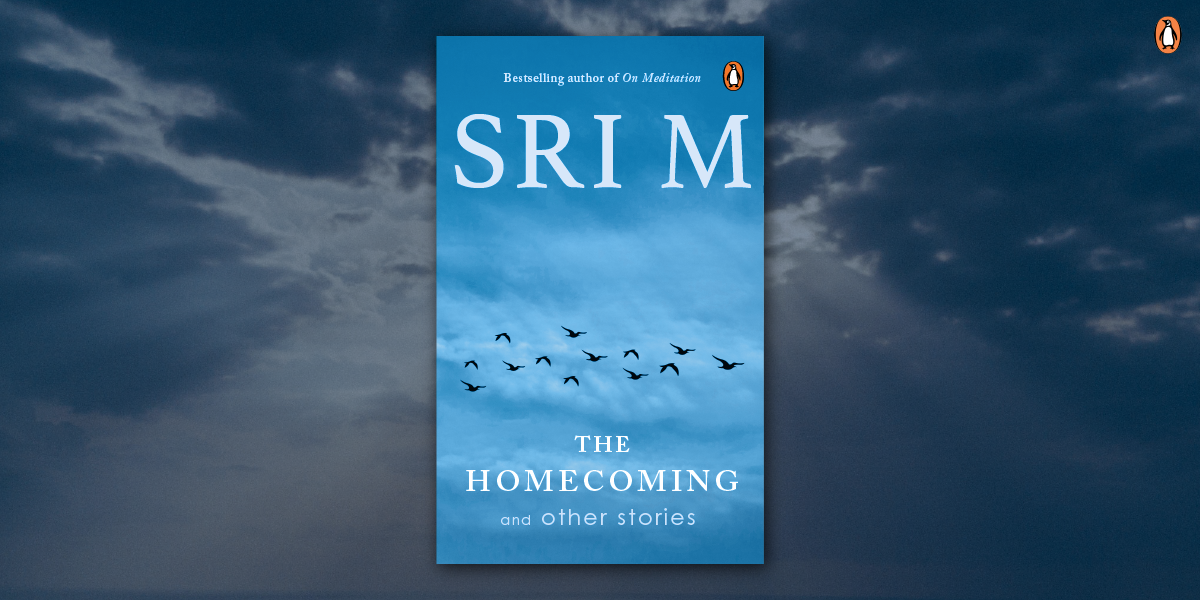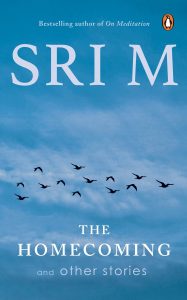From Pony to Unicorn lucidly describes the X-to-10X journey that every start-up aspiring to become a unicorn has to go through. The book effortlessly narrates the fundamental principles behind scaling. Guaranteed to make for a very interesting read, the book will be useful to entrepreneurs, leaders and investors involved in scaling start-ups. Here is an excerpt from the book From Pony To Unicorn:
In his epochal book, Small Is Beautiful, Ernst Friedrich Schumacher says, ‘even today, we are generally told that gigantic organizations are inescapably necessary; but when we look closely we can notice that as soon as great size has been created there is often a strenuous attempt to attain smallness within bigness.’ Big companies have tried to act small to preserve innovation. Extreme proportions, whether for a life form or an organization, is not natural. It is only in science fiction that one comes across animals the size of Godzilla. The network of blood vessels and nerves and the bone structures needed to support a life form of this size don’t exist in the real world. Even large organizations need intricate structures, speedy communication channels, an extremely strong foundation and flawless management. From time to time, a few organizations defy all odds and make it really big until a small start-up somewhere ends up disrupting them. However, the quest for scale is never-ending. One of the most enduring human pursuits throughout history has been to create things on a grand scale. Whether it was building mammoth pyramids in Egypt or connecting the mediterranean with the red sea through the Suez, or laying undersea cables across the Atlantic, the attraction for grandeur and scale has been incessant. Despite the obsessive and timeless allure of scale, the failure rate has been high. Failure to scale can be because of many reasons, some of which are quite universal and pervasive. They show up in almost every scaling scenario. An understanding of these reasons can be very helpful. It does not guarantee success but can raise the odds in favour of success appreciably. There are also unique challenges in every scaling scenario. You need to deal with these like you would deal with any ‘first time’ problem. Tolstoy’s quote from Anna Karenina is beautiful and sublime, but there are underlying nuances and variations in its meaning. It is the sheer variety and number of nuances that make universal prescriptions for success and scaling, as much as for happiness, almost impossible and often meaningless. This applies as much to start-ups as to families. The closest universal prescription for success was from Arthur Rubinstein, who once said, ‘there is no formula for success, except perhaps an unconditional acceptance of life and what it brings.’ Insights and prescriptions make sense only to individuals who recognize deeply that lessons and wisdom are meaningless in the absence of context, and there is no wisdom or prescription that can’t be challenged. However, given a clear context, an insight drawn from similar contexts can be very powerful, create those ‘Aha!’ moments and help you rapidly overcome the hurdle that is holding you back. Steve Blank, a highly respected author on entrepreneurship in Silicon Valley, in an interview with Kevin Ready published by Forbes magazine, defines a start-up as a ‘temporary organization designed to search for a repeatable and scalable business model’. Eric Ries, a successful American entrepreneur and prolific author, in his seminal book The Lean Start-up, defines a start-up as an organization that is dedicated to creating something new under conditions of extreme uncertainty. He further adds, ‘this is just as true for one person in a garage as it is for a group of seasoned professionals in a Fortune 500 boardroom. What they have in common is a mission to penetrate that fog of uncertainty to discover a successful path to a sustainable business.’
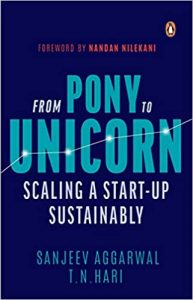
By Sanjeev Aggarwal || T. N. Hari
This is a reasonably accurate description of what every start-up sets out to do. However, it is a bit too broad and would include many organizations, such as research laboratories and Fortune 100 companies that wouldn’t be considered start-ups. Therefore, let’s narrow this down by adding three other unambiguous filters before an organization dedicated to creating something new under conditions of extreme uncertainty can be called a start-up: a) the founder/s should still be active; b) it should be funded by venture capital (vc); and c) it should still be a private company. if these filters are applied, companies like Amazon, Google, Flipkart, Uber and Lyft would fail to qualify as start-ups, while Bigbasket, Doordash, Rubrick, Dunzo, Paytm and Swiggy would all qualify. While founder/s being active and the start-up not yet being a public company are understandable filters, the additional filter of the organization being VC-funded is relevant because that helps exclude mom-and-pop businesses that don’t have the same appetite for scaling as VC-funded start-ups.
Geoffrey West in his seminal book Scale, published by Penguin Press in May 2017, points out that scaling laws, whether for organizations, organisms or cities, are consequences of the optimization of network structures that sustain these various systems, resulting from the continuous feedback mechanisms inherent in natural selection and survival of the fittest. There is compelling evidence, even though there are the rare exceptions, that scaling of organizations follows certain power laws. He also points out that after growing rapidly in their youth, almost all companies end up floating on top of the ripples of the stock market with their metaphorical noses just above the surface. This is a precarious situation because they can drown in the next wave, and they are even more vulnerable if they can’t deal with the uncertainties of the markets and their own finances. While it is important to be optimistic and believe that by doing the right things your start-up could deftly navigate through the labyrinth of challenges, it is equally important to have the wisdom to understand that scale, especially extreme scale, is truly an exception and nature has stacked all the odds against it!










